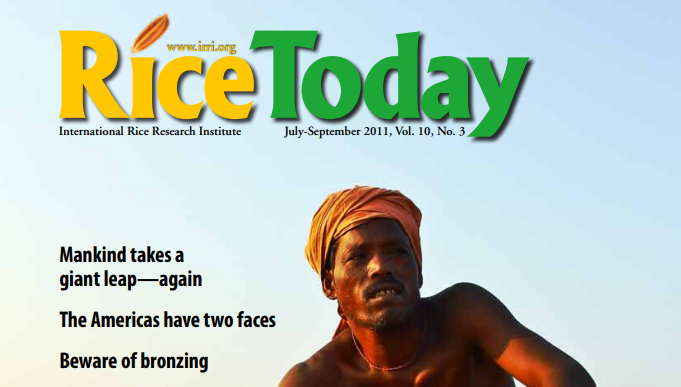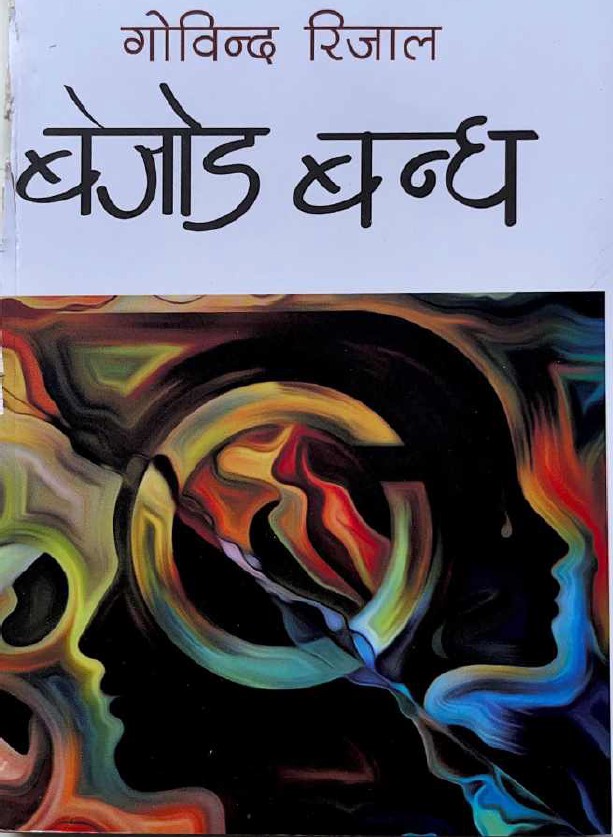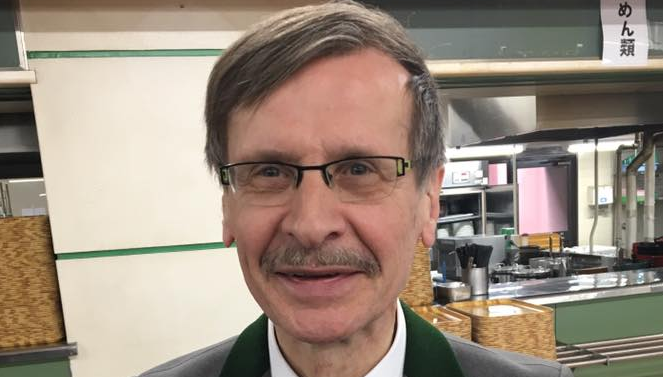By Ganesh Ghimire
I vividly remember Govinda Rizal arriving in Beldangi ll Extension in search for his parents & family members. He completed ISC at Sherubste College in March 1992 & headed to his hometown. To his surprise, he didn’t find his parents & family in Toribari, where they were living after leaving Jaruwa in Gaylegphug. He was told by some neighbours that his parents have left the country to flee persecution. He genuinely believed that his family would come back to his village since they had no other place to go. So, he approached the village Mandal & subsequently the Sub Divisional officer in order to seek their permission to stay back in Bhutan. All his efforts went in vain & thereafter he started for Nepal not knowing exactly where he could reunite with his family. He was able trace the whereabouts of his family & got reunited with them in late March 1992.
It was then when I had the privilege to be with him most of the time since his hut was 30 seconds walking distance from mine. Dr Rizal started teaching in Marigold Academy (MGA) within a week of his arrival in the camp. He was stunningly joyful person & would get along with anyone including little kids. As soon as he started working as a teacher, we started sharing more time together when we were out of classroom. Dr Rizal brought the issue of several school going age youths staying in the camp throughout the day during our informal meeting with C N Timsina & me in the staff room of MGA. He wondered if we could be of any help to these idle youths. Since we had nothing to do after school, we came up with an idea of starting informal education classes after school. There were hundreds of school-going age people but were either reluctant to attend regular school because they were out of school for several years and were not comfortable being in the same class with younger kids. Dr Rizal accompanied by C N Timsina, and I embarked on our mission to help these youths by visiting them, encouraging them to attend classes with a promise to integrate them in the formal school once they gathered pace of learning. That’s how we started Community Development Classes (CDC) first ever in the refugee camp with Dr Rizal as our solid pillar. The five groups were named after five oceans. Soon after we started teaching these five groups, our classes were interrupted by a bunch of youths who were not attending classes. They demanded that they should be included but they wanted to be in altogether different group. Dr Rizal, C N & I promised them that we would start teaching them too and after some brainstorming we named their group as desert (Sahara).
Not content with the workload from regular school & CDC classes, Dr Rizal thought that we have to do something for several differently abled/disabled kids living in the camp. Dr Rizal, CN Timsina & I went on a tour to make an assessment about the number& their physical condition. To our surprise we found many being hand cuffed and some being held in their leg by a rope. Seeing the conditions of these kids, we decided to rescue these unfortunate kids by whatever means possible. We started approaching parents with a request to send them to the classes, but the parents wouldn’t budge. So, Dr Rizal & CN Timsina came up with an idea of involving camp committee members to persuade the parents to send these disabled kids to our classes. We had enrolled several committee members to our CDC classes, and we sought their help to enrol these kids. The challenge before us was to show the parents & guardians that we were capable of teaching sign language. So, we started learning sign language and in weeks’ time Dr Rizal got well versed with sign language alphabets followed by CN Timsina & me. Since we were teaching in open field, people would come & watch our activities. Most of these kids could barely walk & some tend to fall on the ground when they tried to walk. Dr Rizal suggested that we have to begin with some physical activity before starting to teach each day. Three of us would take one student at a time and make him/her do walking & running at a slower pace, we were able to focus on these group as we started getting help from other staff members of MGA like Y P Acharya, KN Koirala, KN Pokhrel, Padam Timsina, KN Timsina & few others. Not only teachers, but our senior students also started volunteering to help us teach CDC classes. Dr Rizal was instrumental in making this happen and later on we approached Oxfam Nepal to allow us to use their premises for CDC & deaf classes. Dr Rizal contributed a lot in Nepali literature classes as well. Since there was a need of a science and Math teacher in Tristan Secondary School (TRS), he agreed to teach at TRS. He taught in TRS for about two years before he decided to volunteer for peace march to Bhutan under the aegis of AMCC. So, it’s fair to say that Dr Govinda Rizal is an unsung hero who did everything possible to help our community.





